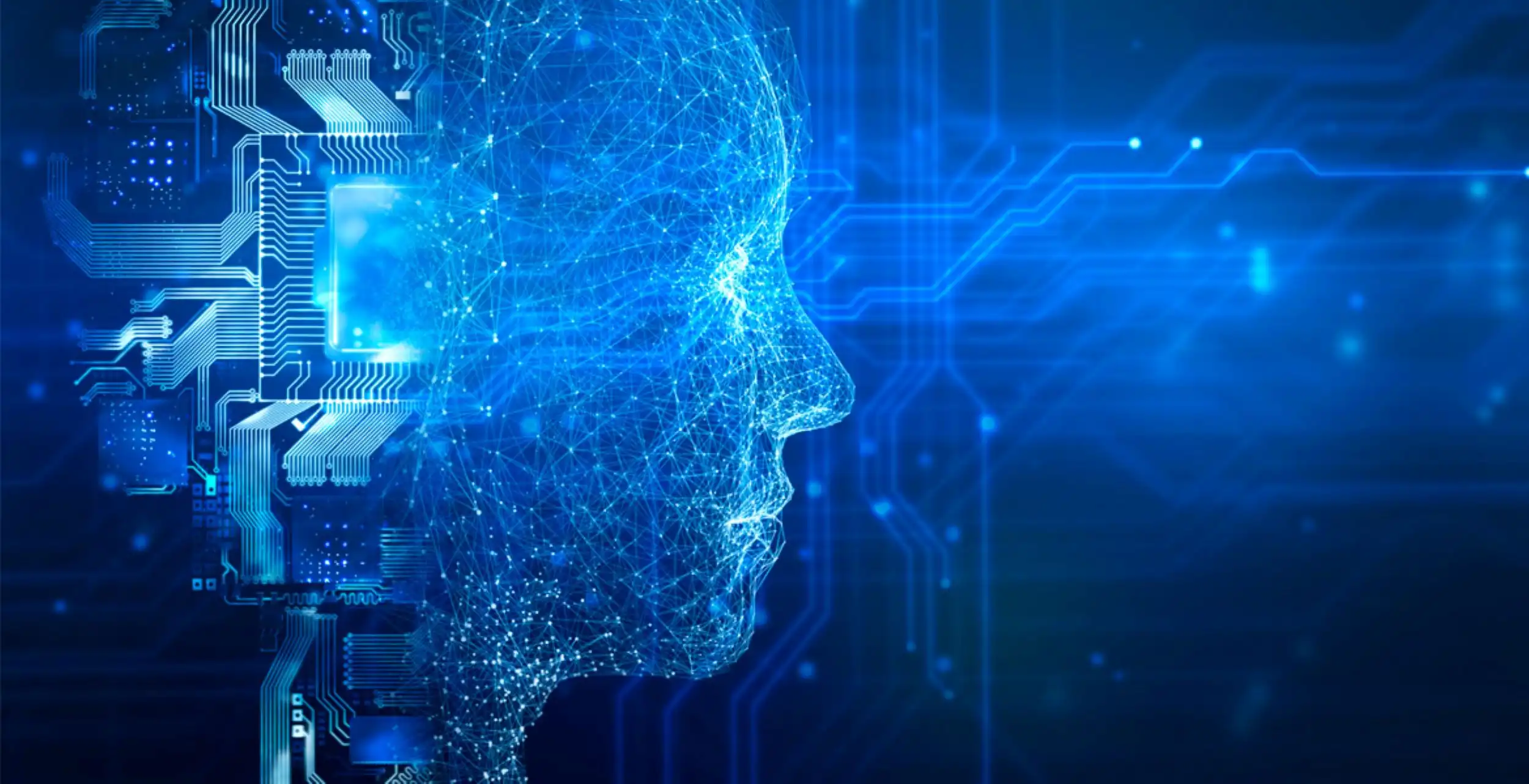Automate services, engage users, and drive business growth.
Our AI Chatbots seamlessly integrate with your business ecosystem, connecting to your website, CRM, and communication channels to handle customer inquiries, lead qualification, appointment scheduling, FAQ responses, and more—streamlining operations while enhancing user engagement and satisfaction.
What is an AI Chatbot?
An AI Chatbot is an intelligent conversational interfaces that simulate human-like dialogue through text or voice interactions. These sophisticated systems leverage artificial intelligence to understand user intent, provide relevant responses, and execute specific tasks within defined conversational flows. Modern chatbots go beyond simple rule-based responses, incorporating contextual understanding and dynamic learning capabilities.
Key Components
- Natural Language Understanding (NLU): Processing and interpreting user messages, including intent recognition, entity extraction, and sentiment analysis.
- Dialogue Management: Maintaining conversation context, managing multi-turn interactions, and determining appropriate response strategies.
- Response Generation: Creating contextually relevant replies through template-based systems, retrieval methods, or generative AI models.
- Integration Layer: Connecting to external systems, databases, and APIs to retrieve information or perform actions.
- Analytics & Monitoring: Tracking conversation performance, user satisfaction, and identifying improvement opportunities.
Technologies Used
- Conversational AI platforms like Retell AI, Vapi or ElevenLabs
- Large Language Models (GPT, Claude, Llama) for advanced natural language processing
- NLU services including intent classification, named entity recognition, and sentiment analysis
- Voice capabilities through speech-to-text and text-to-speech services
- Integration frameworks for connecting to CRMs, helpdesks, e-commerce platforms, and business tools
- Deployment infrastructure supporting web, mobile, messaging platforms, and voice assistants
Example Use Cases
- Customer Service chatbots that provide instant support and escalate complex issues to human agents
- Sales chatbots that qualify leads, provide product information, and guide users through purchase decisions
- HR chatbots that assist with employee onboarding, policy questions, and internal support requests
- Educational chatbots that deliver personalized learning experiences and answer student queries
- Healthcare chatbots that provide symptom checking, appointment scheduling, and medication reminders
- E-commerce chatbots that recommend products, track orders, and process returns
AI Chatbot Developer Workflow
Define Purpose & User Journey
Identify your chatbot's core objectives (customer support, lead generation, FAQ assistance) and map out typical user conversations. Design conversation flows from greeting to task completion, considering different user types and their needs. Establish success metrics like completion rates, user satisfaction, and resolution effectiveness.
Choose Architecture & Platform
Select between rule-based, AI-powered, or hybrid chatbot approaches based on complexity needs. Consider integration requirements with existing systems and messaging channels.
Build Natural Language Understanding
Design intent recognition to identify user goals and entity extraction for specific information (dates, names, products). Train models with diverse user input examples and implement context management to maintain conversation flow across multiple turns.
Develop Response System
Create flexible response templates with personalization capabilities. Build robust fallback strategies for misunderstood inputs and design escalation paths to human agents when needed. Ensure responses align with your brand voice and tone.
Integrate Backend Systems
Connect to relevant databases, CRM systems, and APIs to provide real-time information and execute business processes. Implement security measures including authentication, encryption, and compliance with data protection regulations.
Test & Deploy
Conduct comprehensive conversation testing with various user inputs and edge cases. Perform user acceptance testing with real users. Deploy across multiple channels (website, messaging apps, internal tools) while optimizing for each platform's specific features.
Monitor & Improve
Analyze conversation data to identify improvement opportunities. Implement continuous learning to enhance intent recognition and response quality. Collect user feedback and use A/B testing to optimize performance and user satisfaction.
Do you want to build smarter, scalable AI chatbots that actually get work done?

